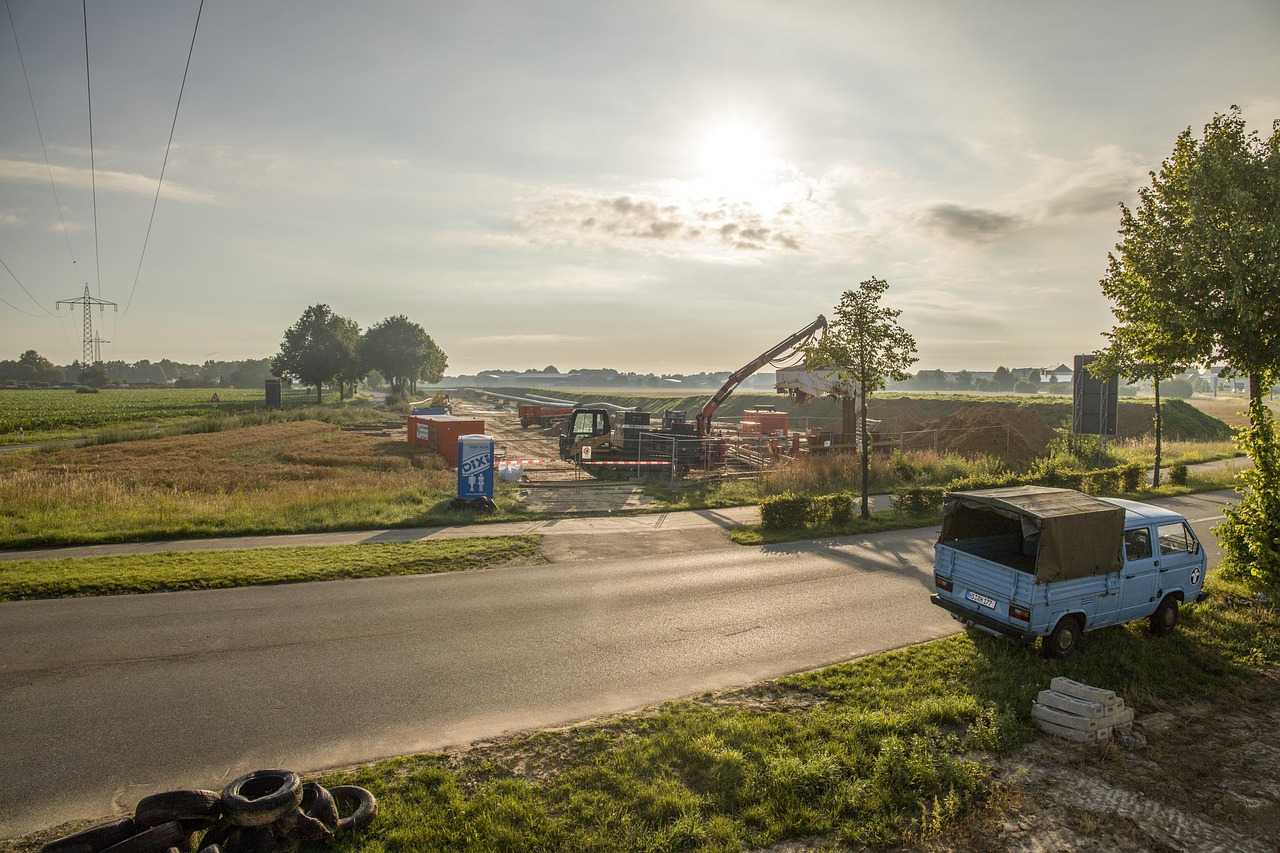Inflation, Interest Rates, and Buyer Behavior
Higher interest rates in early 2026 are squeezing the real estate market in ways most predicted but the ripple effects go deeper. Mortgage rates hovering above 7% have cooled casual buyer demand and made monthly payments the central concern in purchase decisions. First time buyers are pausing. Investors are recalibrating. And developers are left holding back on launches that no longer pencil out.
Inflation hasn’t helped. Even as consumer prices edge down, construction costs haven’t followed. Materials remain volatile, labor is scarce, and timelines are long. That tension pushes list prices higher just as monthly payments climb. The result? A smaller pool of qualified buyers, especially for new builds.
But here’s the shift: buyers are getting smarter, more patient, and much quicker to walk away from overpriced or under researched deals. They compare comps like pros, dig into neighborhood trends, and understand lending rules better than ever. For agents and developers, that means the old sales script doesn’t cut it anymore. You need data, transparency, and real value to earn trust. And if you can’t make the numbers work for today’s rate sensitive buyer, someone else will.
Urban vs. Suburban: The Migration Continues
The big shuffle sparked by the work from home boom isn’t unwinding it’s reaching equilibrium. People who left city cores during the pandemic aren’t racing back en masse. Instead, we’re seeing a steady state: flexible workers are staying put in smaller cities, towns, or suburban areas where square footage stretches further and hybrid schedules make long commutes a non issue.
Suburbs aren’t just residential sprawl anymore. Mixed use developments compact neighborhoods with housing, co working spots, cafes, gyms, and retail are popping up fast. People want walkability, even outside the city. And developers are responding to that demand with smarter, denser, more livable planning.
Meanwhile, city centers are getting a rethink. Office vacancies remain high, prompting urban planners to double down on livability. That means converting commercial space into residential, prioritizing sustainable infrastructure, and reimagining density not as a problem, but as a design opportunity. The city of 2026 isn’t about returning to what was it’s about building something more efficient, greener, and better suited to how people actually live now.
Building Costs and Supply Pipeline

Labor and materials are still the chokepoints. Even in 2026, the industry hasn’t fully caught up to demand. Contractors wrestle with fewer skilled workers on site and a backlog of raw materials that drive up costs. It’s not just about housing affordability anymore it’s about whether the home gets finished on time at all.
These delays ripple across the pipeline. Projects meant to fill new housing needs are stalled, which puts pressure on supply and keeps prices high, especially in hot metro areas. Developers are pacing builds slower than planned, waiting on permits, concrete, wiring you name it. What should take 12 months can now stretch into 18 or more.
But innovation is trying to catch up. Firms are leaning into prefab modules, 3D printed components, and on site robotics to speed up timelines and lower dependency on overstretched labor. None of these are silver bullets yet, but they’re gaining traction. Expect faster adoption in markets where the pain points are sharpest.
Government Policy and Market Regulation
Zoning and tax policy aren’t just fine print anymore they’re reshaping the real estate map. Cities across the U.S. are loosening zoning laws to allow for more multi family housing, especially near transit hubs and urban cores. Infill projects that once stalled in red tape now have a clearer path. For developers, this opens up fresh ground. For communities, it changes the character of entire neighborhoods, sometimes overnight.
Meanwhile, government incentives are pushing greener, denser builds. Tax credits for energy efficient construction and retrofits are stacking up, and federal grants are flowing toward mixed income projects. Investors are watching closely. Housing that meets both policy and ESG standards is moving up their lists.
On the consumer side, subsidies and first time buyer relief programs are picking up steam especially in markets where housing remains tight but leadership sees affordability as a political priority.
It’s not just a shift in paperwork it’s a shift in what gets built, where, and for whom.
For a closer look, see our deep dive on real estate policy changes.
Investment Preferences Are Evolving
Institutional investors haven’t left the table, but their appetite has changed. After a few volatile years, they’re approaching real estate with caution preferring assets that check boxes for stability, cash flow, and regulatory resilience. That means fewer aggressive plays on speculative developments and more money flowing into stabilized, well located properties with predictable returns.
One trend surfacing clearly: the shift in rental strategies. While short term rentals soared during the travel rebound, the momentum is flattening. Regulatory pressure and oversaturation in some markets are pushing investors to take a longer view. Long term rentals especially in cities with job growth and reasonable affordability are looking more attractive.
And then there’s green. Environmental, Social, and Governance (ESG) factors are no longer a niche filter; they’re a priority. Investors are now factoring energy efficiency, low carbon footprints, and climate resilience into their models. In 2026, properties that aren’t aligned with sustainability goals risk being overlooked or devalued. From asset managers to pension funds, the heat is on to put capital into buildings that meet tomorrow’s environmental expectations, not just today’s yield targets.
What to Watch in the Second Half of 2026
Interest rates are finally showing signs of cooling after a volatile two year stretch. For would be homebuyers sidelined by steep borrowing costs, this shift could be the green light they’ve been waiting for. Agents and analysts are watching closely to see if a wave of delayed transactions finally hits the market. Expect tighter competition in mid tier housing, especially in markets where inventory stayed low even through the slowdown.
On the policy side, several housing affordability measures are still in draft form but they’re worth tracking. These include targeted down payment assistance, zoning changes for denser housing, and even more aggressive rent control proposals. If even a handful of these policies pass, expect markets to respond quickly, especially in high pressure metro areas.
Meanwhile, tech platforms are making another push to simplify and disrupt home buying. From AI powered property searches to blockchain based closings, real estate is getting another digital shakeup. The promise: faster, cheaper transactions with fewer middlemen. The risk: more fragmentation and pressure on traditional agents.

 William Taylor has been instrumental in building Mode Key Homes, focusing on commercial real estate and rental management strategies. His contributions help landlords and business owners navigate the complexities of the real estate market while maximizing efficiency and profitability.
William Taylor has been instrumental in building Mode Key Homes, focusing on commercial real estate and rental management strategies. His contributions help landlords and business owners navigate the complexities of the real estate market while maximizing efficiency and profitability.